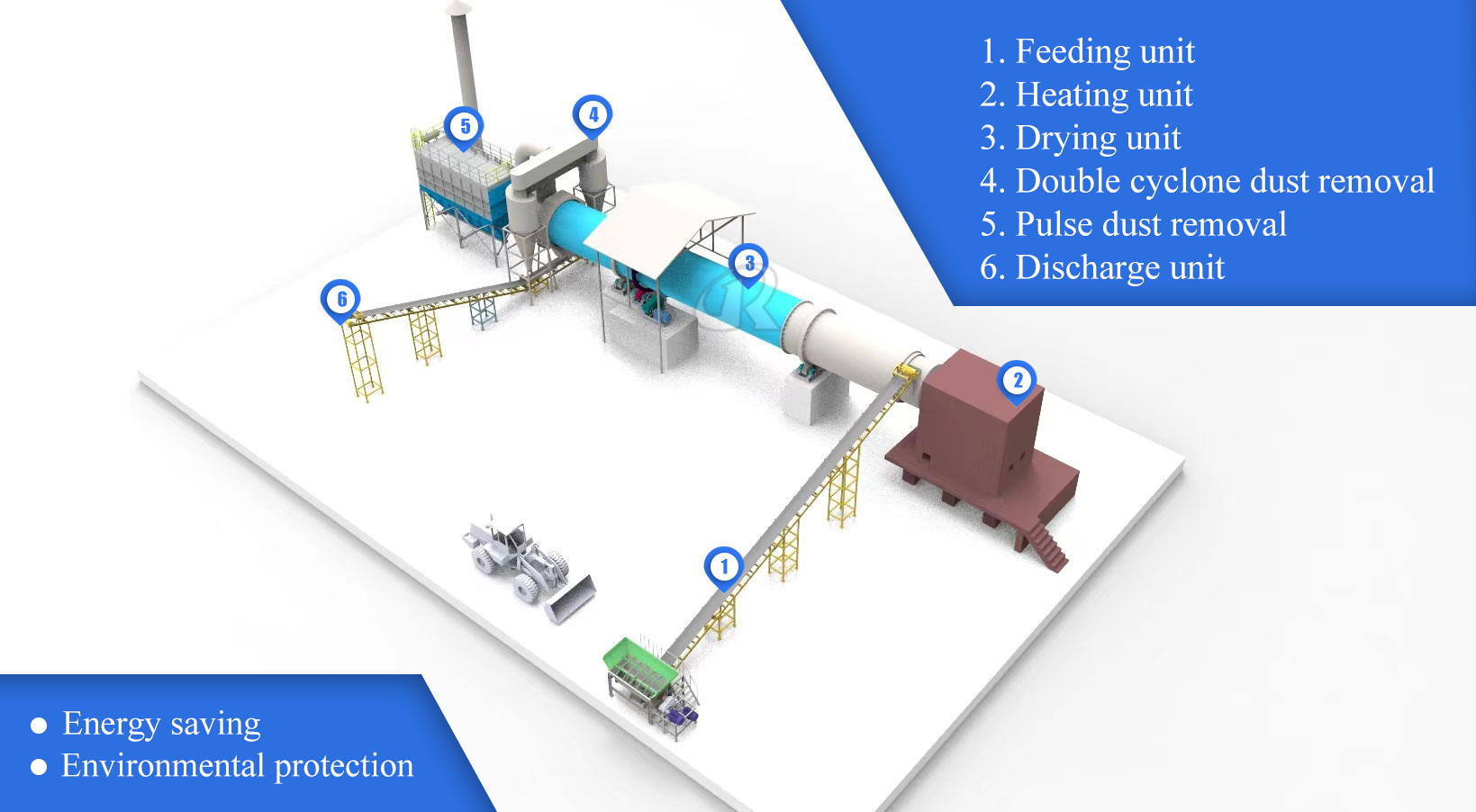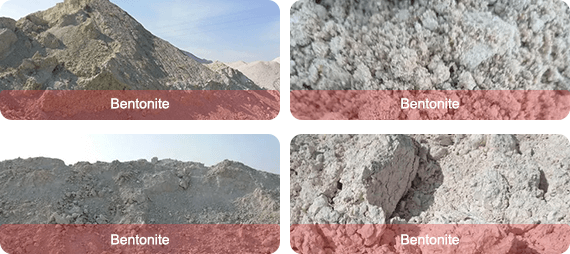bentonite clay,Kaolin, gypsum, peat soil, peat soil, sandy soil, yellow soil, limestone, clay, concentrate powder, slag,Mineral soil, silicon carbide.

| product standard(m) | Capacity(t/h) | Feed moisture(%) | Final Moisture(%) | Power(KW) |
|---|---|---|---|---|
| 0.8*8 | 0.5-3 | 30% | 15%-1% | 3KW |
| 1*10 | 1-5 | 30% | 15%-1% | 5.5KW |
| 1.2*12 | 2-8 | 30% | 15%-1% | 11KW |
| 1.6*16 | 6-10 | 30% | 15%-1% | 15KW |
| 1.8*16 | 8-15 | 30% | 15%-1% | 18.5KW |
| 2*18 | 10-20 | 30% | 15%-1% | 22KW |
| 2.2*18 | 12-25 | 30% | 15%-1% | 30KW |
| 2.4*22 | 15-30 | 30% | 15%-1% | 45KW |
| 2.6*24 | 18-35 | 30% | 15%-1% | 55KW |
| 2.8*26 | 20-40 | 30% | 15%-1% | 75KW |
| 3*28 | 25-50 | 30% | 15%-1% | 90KW |
| 3.2*28 | 30-60 | 30% | 15%-1% | 110KW |
| 3.4*30 | 35-70 | 30% | 15%-1% | 132KW |
| 3.6*32 | 40-80 | 30% | 15%-1% | 160KW |
| 3.8*32 | 50-100 | 30% | 15%-1% | 185KW |
